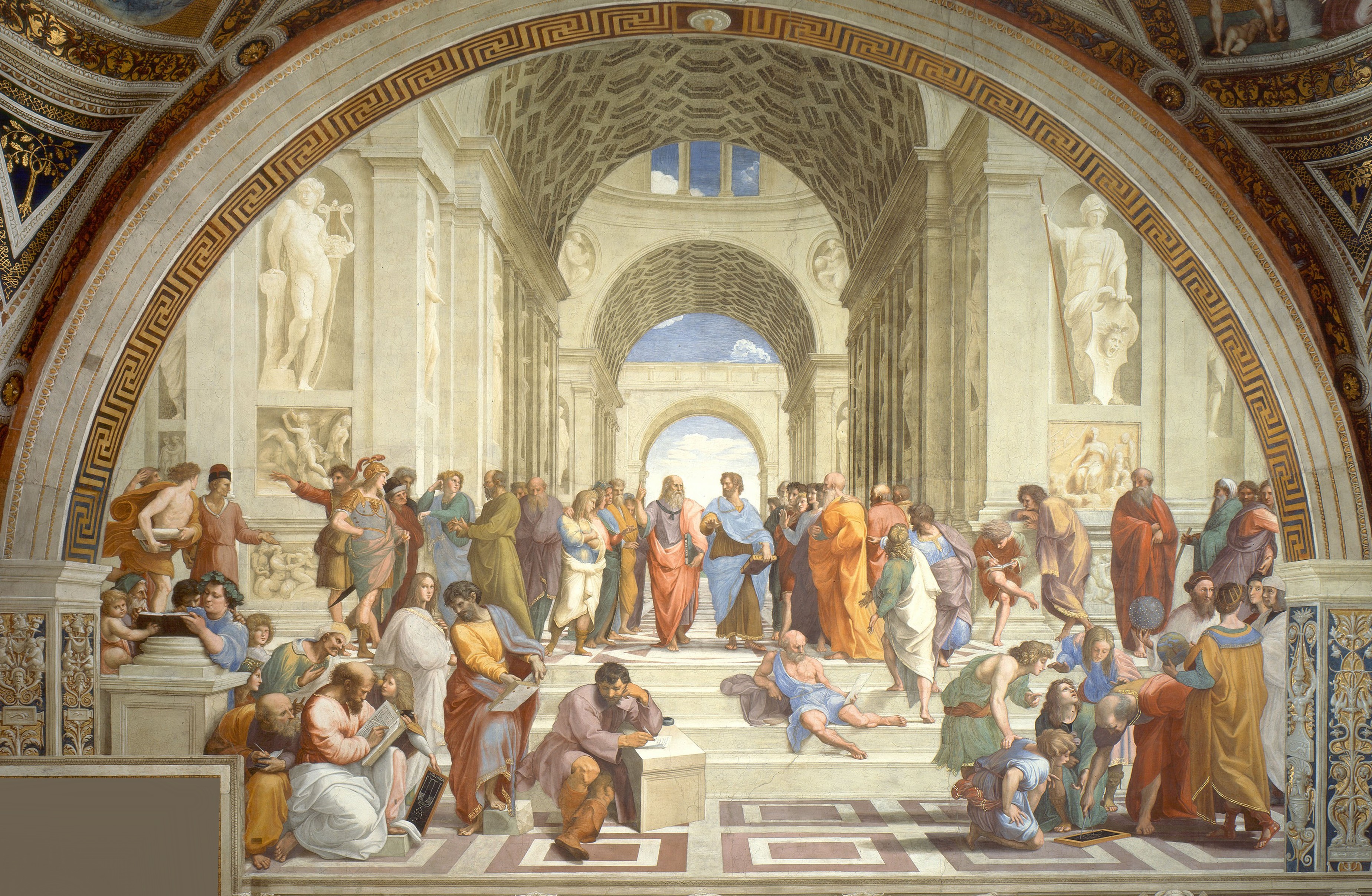Education should be one of the most important topics
discussed in our society, as it directly affects the future of our society.
Usually, when education is talked about in our society or in the government, it
is about how many students are getting educated rather than the flaws in the
current system. And although the former is a problem, I think the latter is a
bigger, albeit subtler problem.
Dr. Gibbs talks about her experience in the 1970s, where she
was part of a program where children were allowed to learn about whatever they
wanted – no forced readings and rote memorization about subject upon subject,
with teachers giving out grades and reaching mandatory, state-instituted goals on
what they wanted the students to learn. I think that program had it right in
its approach to making education engaging, which consequently nurtured
inquisitiveness in its students. The way education is carried out to students
today sucks most of the life and fun out of learning. Not only is this a shame
in that many students hate something that could be interesting to them, it also
is detrimental to some of the nation’s students in that it turns many
potentially good students into bad ones. These types of bad students hate
school so much they refuse to learn or simply can’t learn, as it’s extremely
difficult for them to adopt the standard, one-size-fits-all package of
education.
Another problem is that education has become about the grade
rather than the education itself. When you ask yourself what you’re striving
for in your academic career, especially if you’re a good student, you often
say, ‘an A in this class’ or ‘a 4.0 this semester’. Maybe you’ll even say a B,
depending on whether the class is hard. But whatever the case, the primary goal
is not to learn, to add to your understanding about the world. It’s about the
grade.
There have been some education reform movements emerging
recently, though most have to with solving the problem of standardized
education (which I absolutely commend) rather than the attitude towards
education. And it’s all thanks to technology. The one movement I can clearly
think of is Khan Academy. Because the system is based on videos rather than a
live, sit-down lecture, students have the priceless ability to go at their own
pace. Students who may be a little slower can pause and rewind for parts they
don’t understand, while students who grasp information easily can skip parts
they find repetitive or already know. Rather than teaching to the middle, as
educators must compromise for the most part while teaching to multiple students
of varying academic ability, videos have opened the door to non-standardized education.
But to help make education engaging, I think there should be
certain measures taken. For example, students could play games in class. Maybe it
shouldn’t happen all the time, but students should play games more often than
they do now. It’s a good way to practice a skill while allowing students to
have an enjoyable time. Not only that, it can also be an effective way to get
everyone to participate (depending on how the game is structured).
Maybe playing games is a childish way to partially remedy
the problem, but I know I loved them, even through high school. I was in
Spanish all four years of high school, and some of my fondest memories in my
class were when we played games. It brought out a competitive edge in people
(including me) and made them want to win. During those times, all of us were
strengthening our knowledge – and painlessly.
Another tactic to make education interesting is to use more
hands-on forms of engaging students. For instance, using either diagrams or
actual animals to allow students in biology to explore anatomy would catch the
attention of most students rather than a full-blown lecture.
I think the best, but hardest and most radical, way to
change the attitude towards education is to uproot traditional education
methods entirely. I know there are schools in the country that resemble the
program Dr. Gibbs was a part of when she was in fourth grade, that allow
students to go from one subject to the next as they please. And while I
understand the need for educators to get students to have a basic education in
all subjects, using this template while steering students to learn about basic
subjects may be a better design than what most schools have.
Upon reflection, part of the problem also seems to be the
passivity of learning. Students nowadays are not exactly expected to take an
active stance in their learning, at least while in the classroom. Most of the
time, teachers talk at students, whether or not the information goes inside the
students’ heads. And even though most teachers welcome questions, very few students
ask them. Though it isn’t the modern teacher’s fault, the way the classroom is
set up does not facilitate active learning.
I’m not saying it’s an easy problem to fix, and I’m not
saying that I have all the answers. But I think something has to be done about
it. Firstly we must change the traditional attitude we have about education.
Tradition is hard to break from, particularly when it has been cemented within
our history for a long period of time. But it can be done.
Before, education was a gift, something to be treasured and
cherished. Now, it’s simply a means to an end. Education for most people equals
a job, which in turn equals money. And while that’s a practical and realistic
way to look at what education gives students, I think it should be more than
that. It should also encompass a drive to know hard facts and, above all, to love
learning.
School of Athens
(Source: Wikimedia Commons, painted by Raphael)

No comments:
Post a Comment